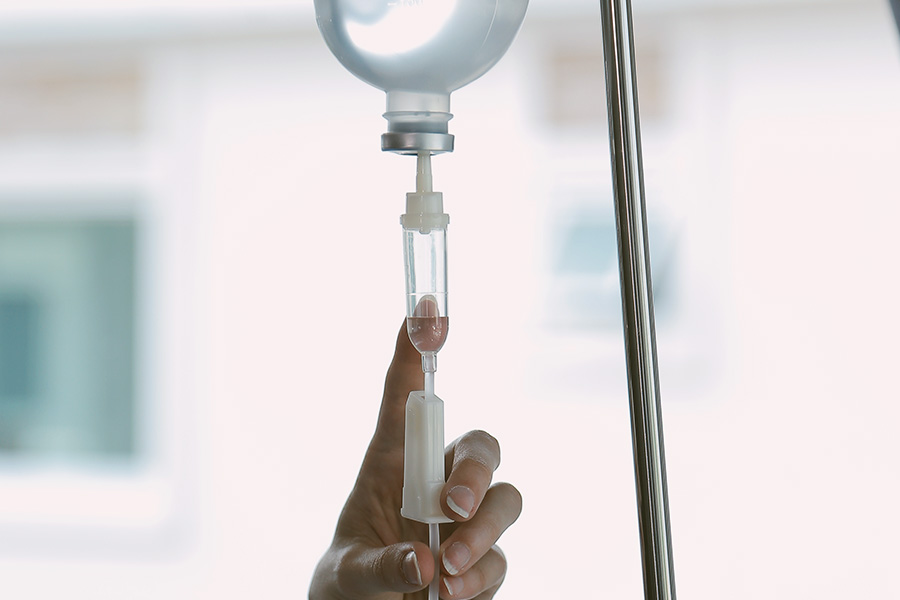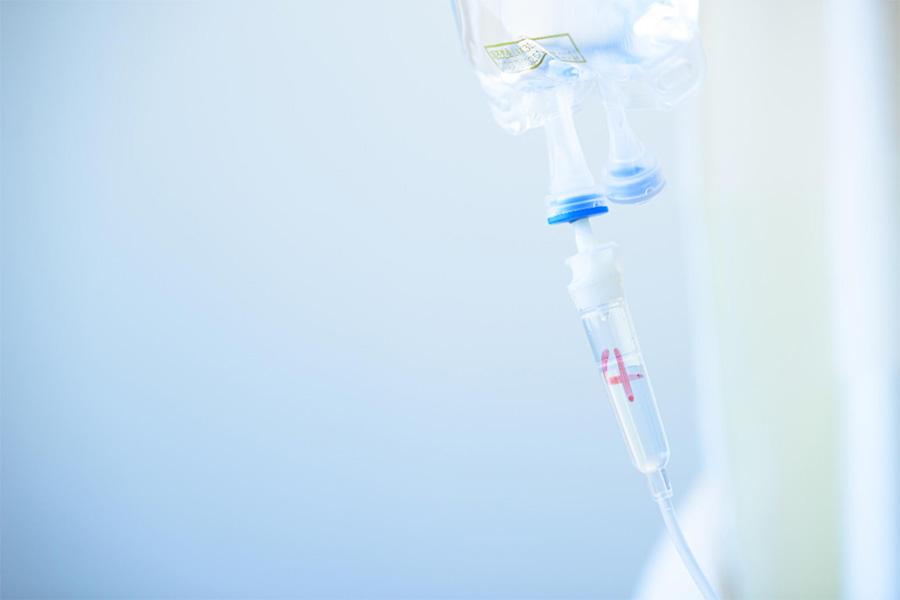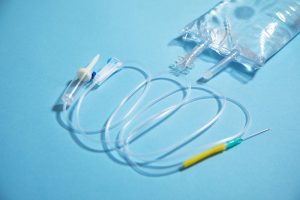Intravenous (IV) fluids are a vital component of modern healthcare, delivering essential hydration, electrolytes, and medications. However, once these sterile solutions are opened, their shelf life and safety become crucial considerations. But how long are IV fluids good for once opened?
This comprehensive article dives into the intricate world of IV fluid stability. You can explore the factors that influence their longevity and the potential risks associated with using expired or contaminated solutions.
Striking the right balance between providing critical IV therapies and safeguarding against contamination risks is essential for optimal patient care. Let’s uncover the truth behind the shelf life of IV fluids and the best practices to extend it.

How Long Are IV Fluids Good for Once Opened?
The general guideline is that most intravenous (IV) fluids should be discarded within 24 hours after being opened and exposed to air. However, the actual viable duration can vary depending on several critical factors.
Contamination risk from airborne particles or improper handling is a major concern, as introduced microbes can rapidly multiply and render the fluid unsafe. Also, the chemical composition of the specific IV fluid solution influences its stability. Some solutions are more prone to degradation when exposed to air or temperature changes.
Other influential factors include storage conditions like temperature control and light exposure. Ultimately, healthcare facilities follow conservative timelines to prioritize patient safety. They take precautions to minimize the risk of administering contaminated or compromised IV fluids.
Now, what happens if you use expired IV fluids? Do they ever expire? The following section explores whether these fluids come with an expiry date and the risks of consuming expired fluids.
Do IV Fluids Have an Expiration Date?
Yes, manufacturers assign expiration dates for intravenous (IV) fluids. These dates indicate the period during which the unopened fluid is expected to remain stable and safe for use. The expiration dates are determined through extensive stability testing.
But can you use expired IV fluids? No, expired solutions may be contaminated, degraded, or have lost potency, potentially causing infections, lack of intended therapeutic effects, or other complications if administered.
Factors influencing shelf life
Several factors impact the shelf life of IV fluids, such as their formulation, manufacturing process, and recommended storage conditions. Adhering to expiration dates is vital for patient safety and regulatory compliance because expired IV fluids might cause adverse reactions, infections, or ineffective treatment.
The chemical composition of IV fluids and the presence of preservatives or stabilizers also affect their shelf life. Moreover, the stringent manufacturing and quality control measures contribute to determining how long the IV fluids remain usable.
Maximizing shelf life
Proper storage, handling, and inventory management practices for IV fluids are crucial. This extends their shelf life and guarantees safe and effective usage. When implementing these practices, always adhere to the assigned expiration dates.
How to Store IV Fluids
It is crucial to maintain the stability, sterility, and effectiveness of intravenous (IV) fluids. Manufacturers offer specific guidelines for storing IV fluids. These guidelines usually suggest keeping them at controlled room temperatures, ideally between 20 °C and 25 °C (68 °F and 77 °F).
Storage guidelines
Light-sensitive solutions should be protected from light, as advised by experts. Following these storage instructions might help prevent contamination, degradation, and potency loss. This, in turn, ensures both patient safety and regulatory compliance.
Maintaining proper storage
Temperature monitoring is crucial for maintaining storage standards, with environmental controls playing a key role. Effective inventory management, staff training, and regular audits further support these standards.
By following recommended storage practices, the shelf life of IV fluids might be maximized, preventing waste and ensuring the safety of administered products. This approach also guards against adverse reactions and ineffective treatments resulting from compromised products.
How to Determine Whether IV Fluid Is in Good Condition
Assessing the quality and safety of IV fluids before use is vital to prevent harm to patients. You should start by visually inspecting the fluids for signs of contamination, such as cloudiness, particulates, discoloration, or container leaks.
Sterility testing and chemical analysis are also routine checks. Furthermore, ensure the fluids are not expired and document batch numbers, inspection results, and any deviations.
Moreover, ongoing staff training on inspection techniques and protocols enhances vigilance and promotes a safety-focused culture. Open communication about quality concerns further safeguards against the use of compromised IV fluids on patients.

Conclusion
To sum up, understanding the shelf life of IV fluids once opened is crucial for patient safety. So, how long are IV fluids good for once opened?
Generally, they should be discarded within 24 hours to prevent contamination and ensure effectiveness. Factors such as formulation, storage conditions, and expiration dates play significant roles in determining their viability.
As mentioned, adhering to proper storage guidelines and conducting regular inspections are essential practices to maintain the integrity of IV fluids and ensure optimal patient care. Let’s continue to prioritize these measures to safeguard against potential risks and uphold the highest healthcare standards!



